
全部
▼
搜索
熱搜:
位置:中冶有色 >
> 缺口應(yīng)力集中系數(shù)對(duì)TC4 ELI合金低周疲勞性能的影響
 424
編輯:中冶有色技術(shù)網(wǎng)
來(lái)源:劉天福,張濱,張均鋒,徐強(qiáng),宋竹滿(mǎn),張廣平
424
編輯:中冶有色技術(shù)網(wǎng)
來(lái)源:劉天福,張濱,張均鋒,徐強(qiáng),宋竹滿(mǎn),張廣平
| Al | V | Fe | C | O | N | H | Ti |
|---|---|---|---|---|---|---|---|
| 5.50~6.50 | 3.60~4.40 | ≤0.25 | ≤0.08 | ≤0.13 | ≤0.03 | ≤0.0125 | Bal. |
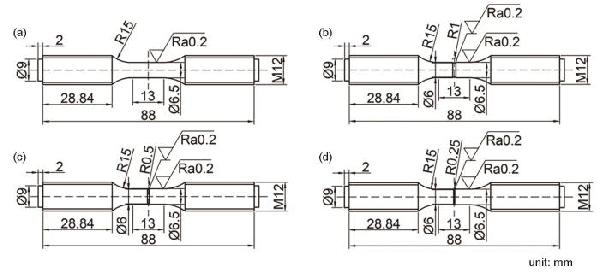
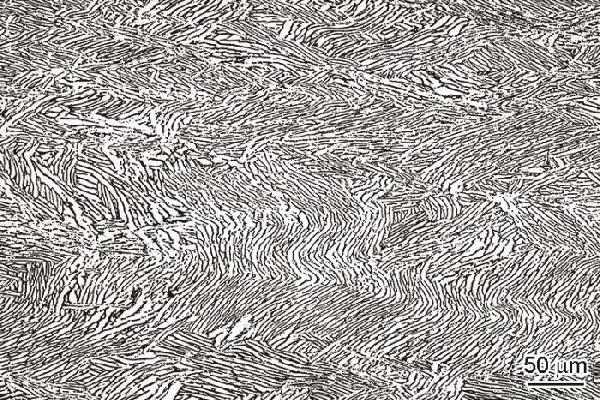
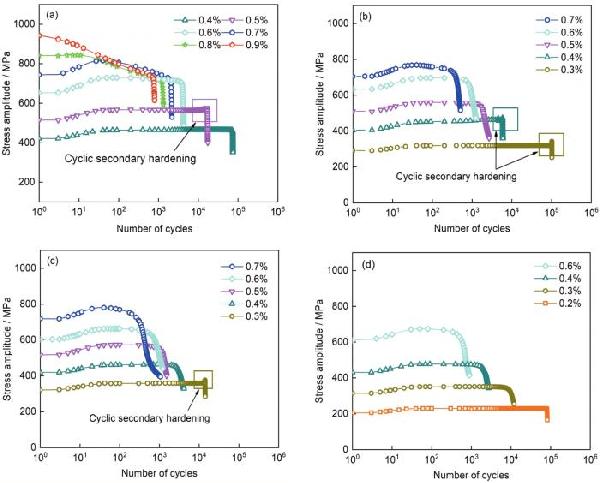
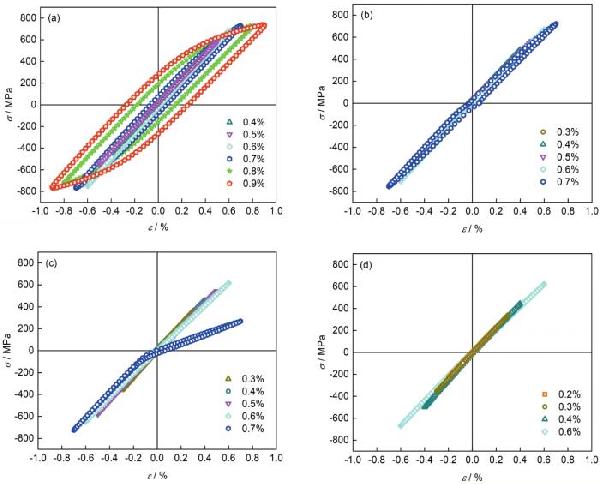
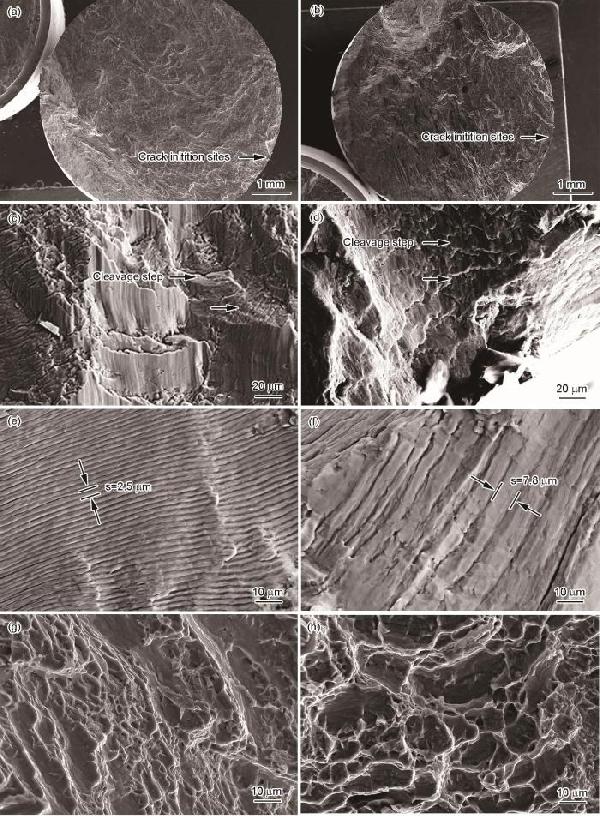
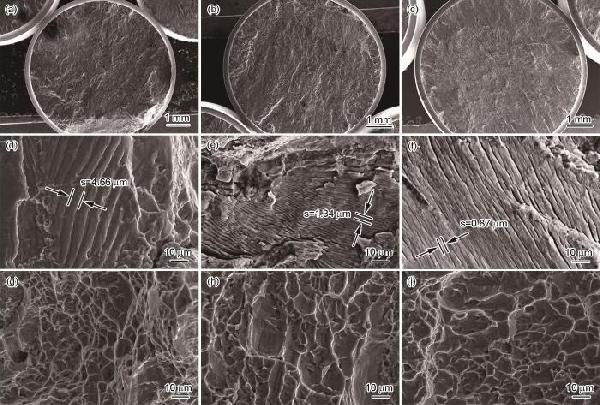
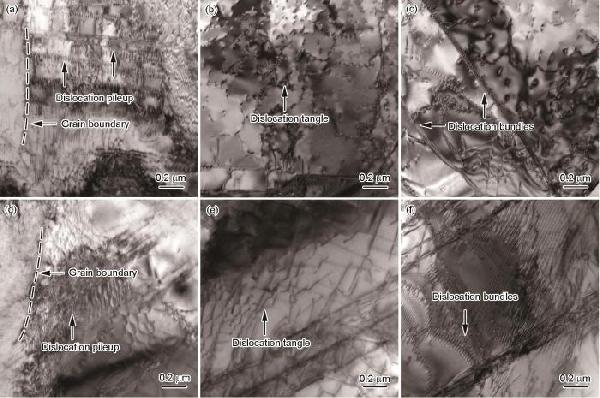

| Kt | n' | K' |
|---|---|---|
| 1 | 0.059 | 1116.4 |
| 1.97 | 0.127 | 2217.4 |
| 2.64 | 0.148 | 2388.9 |
| 3.62 | 0.216 | 5755.6 |
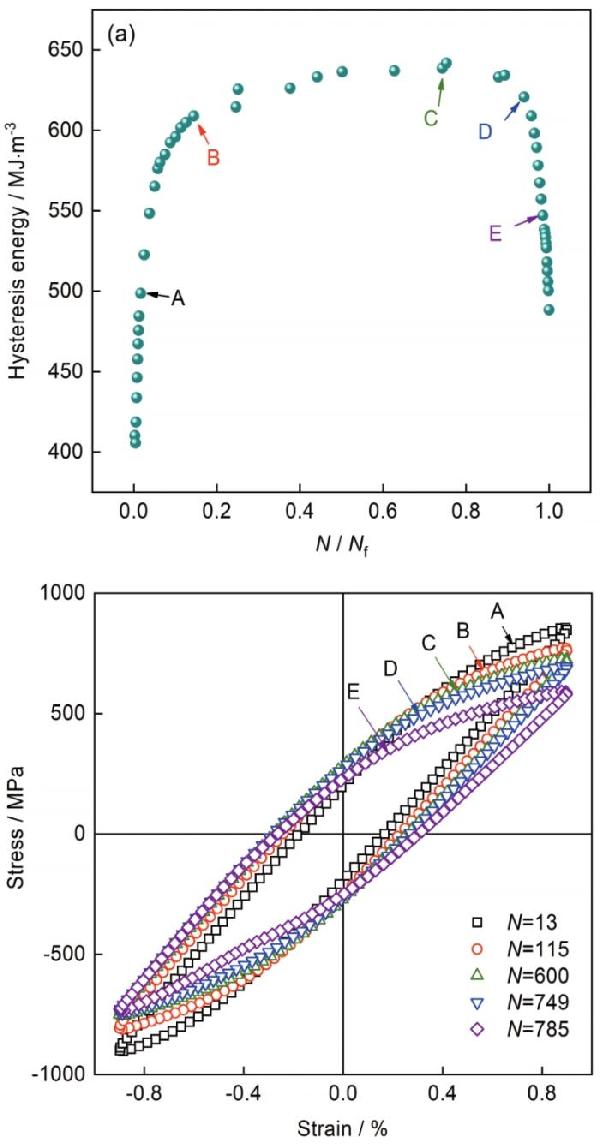
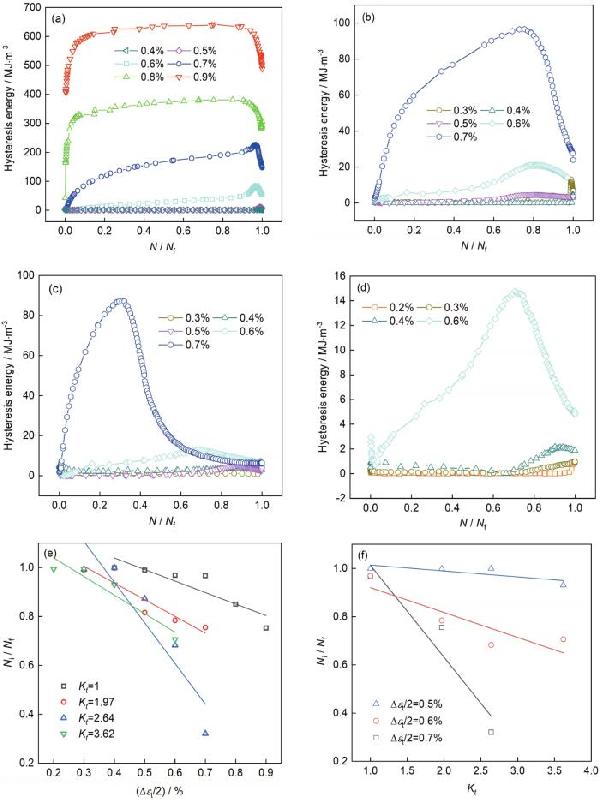
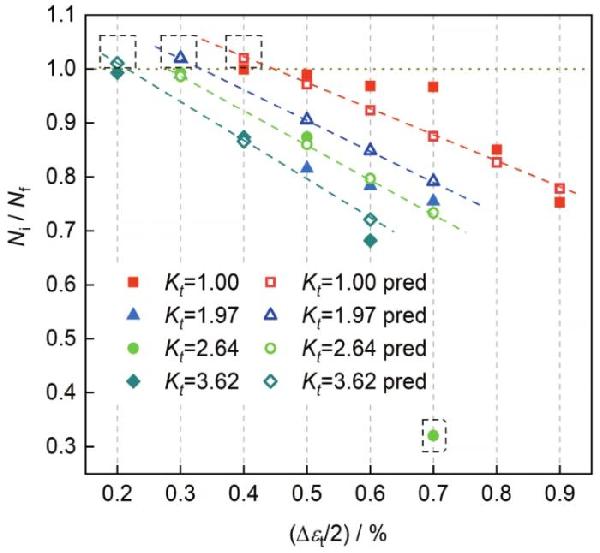
 分享 0
分享 0
 舉報(bào) 0
舉報(bào) 0
 收藏 0
收藏 0
 反對(duì) 0
反對(duì) 0
 點(diǎn)贊 0
點(diǎn)贊 0

 中冶有色技術(shù)平臺(tái)
中冶有色技術(shù)平臺(tái) 2025年03月25日 ~ 27日
2025年03月25日 ~ 27日  2025年04月11日 ~ 13日
2025年04月11日 ~ 13日  2025年04月11日 ~ 13日
2025年04月11日 ~ 13日  2025年04月24日 ~ 27日
2025年04月24日 ~ 27日 
